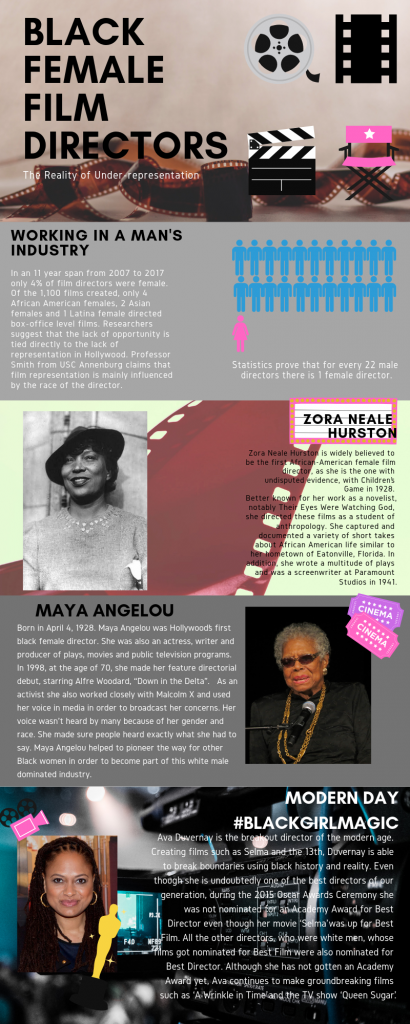Over the semester I have attempted to articulate a growing understanding of leadership, based on the plethora of female leaders I’ve had the pleasure of witnessing and reading about. By having these sometimes visceral intellectual encounters and multiple examples from female leaders such as Heather Booth, whose work as an American civil rights activist, feminist, and political strategist, has helped establish a greater understanding of female leaders today. She, along with many other women that I have recently researched has given me a different perspective of how hard women had to work in order to achieve their positions or even be able to show the leadership abilities they naturally display. Leadership skills that are equipped with public speaking, critical thinking, teamwork, and initiative, something many women sometimes lack; the very qualities that help distinguish us from the men in multiple industries. In retrospect, I also believe that these qualities and double-standards have also made it harder for certain individuals to get opportunities, especially in dominant male-oriented industries.
In comparing Cronan’s ideologies as it relates to leadership, he proposes that freedom is associated with multiple forms of knowledge and expression. That this freedom should not be linked to outdated stereotypes that are only found strictly in patriarchal types like “male aristocrats”, “Together, these were the forms of knowledge worthy of a free man. We should remember the powerful class and gender biases that were built into this vision of freedom. The “free men” who studied the liberal arts were male aristocrats; these specialized bodies of knowledge were status markers that set them apart from “unfree” serfs and peasants, as well as from the members of other vulgar and ignoble classes.” If I were to elaborate further on Cronan’s explanation I would say that these “status markers” have been established as ‘sacred markers’ that have yet to be dismantled. That these said sacred markers are only insignificant during a small window in time called childhood when we as women and men are both equal (on the same playing field.) We are asked during that time what we would like to be when we grow up. The sky’s the limit and we, of course, are taught that we can be whatever we want to be. Although as time passes, we realize that we were never told, that we would have troubles based on our gender and/or our race. With these barriers or sacred marker, it makes it harder for certain individuals to get opportunities, especially in male-dominant industries.
What I recognized during our group project is that we were all very strong-willed. We had different opinions, even to the point of being combative at times. It was hard for us to come together or agree on certain things, whether it was based upon our schedules or just because some of the members didn’t want to show up. I personally believe I lacked the confidence to verbally express publicly specific realms of the assignment even though I was able to accurately understand the subject at hand. I was unprepared, at the time, to formally give a proper explanation on my specific topic.
My overall understanding of leadership is to be strong and not take “no” for an answer, this small sentiment alone has helped me understand my position as a leader. To be thorough about what I mean, allowing the setbacks that I may have along the way to be tools that allow me to find new forms of opportunities. To learn from my mistakes and change them as I progress in my life. Leadership should not be based on gender or race but should be based on who is qualified and capable of handling a position. Simply put, a leader must be willing to lead when necessary, handle certain situations with ease, help others when they need it while bringing out the best qualities in others’ that will lead to future leadership abilities.
